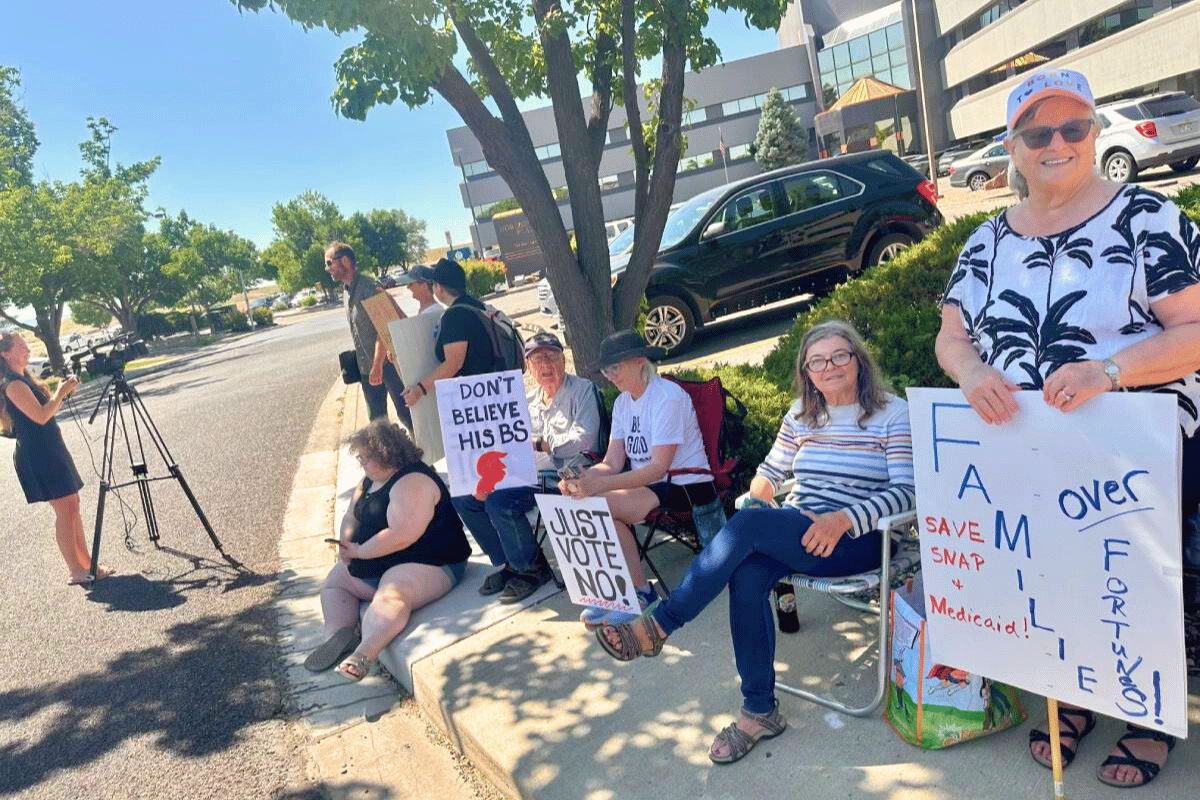

About 100 Midway Ranch-area residents have been told to evacuate in the face of a wildland fire burning on the southeast corner of the Fort Carson training area.
The Pueblo Sheriff’s office says the Red Cross has set up an evacuation site in Fountain at the Fountain Valley Baptist Church, 500 W. Alabama Blvd. for those affected by the fire. A large animal shelter has been set up at the Colorado State Fairgrounds.
Police are restricting traffic at Exit 119 on Interstate 25 to evacuation vehicles only, and asking everyone else to stay away from the area.
The National Weather Service in Pueblo has warned that dry winds across southern Colorado are making conditions ripe for wildfires, and posted an image on Twitter showing the smoke plume from the Fort Carson fire was detectable from space.
Wildfire in southern El Paso County looking hot and large in GOES-16 3.9 um imagery. Associated smoke plume also apparent in radar imagery. #cowx #Colorado pic.twitter.com/ur2NNX4g08
Forest managers have also warned the public this could be a brutal fire season. After the dry winter, officials with the Pike San Isobel National Forest say conditions there are comparable to the mountains' busiest fire years. They say if more rain or snow doesn't arrive soon, fire danger could be very fight within a week or two.
Serious drought conditions in southeast Colorado and the southern Great Plains are expected to persist at least through the spring and summer. That will affect the region’s ranchers and wheat growers, and raise the possibility of what forecasters are calling unprecedented fire conditions.
John Nielsen-Gammon, the Texas state climatologist, says the region had decent rainfall last summer, but since then, very little.
"The situation seriously changed after the first week of October," he said. "And the precipitation since November has been ridiculously low."
Colorado’s southeastern plains have had less than a quarter-inch of rain in the past five months. Higher than normal temperatures are expected at least into June. That could slow drought recovery even if rainfall returns to normal.








